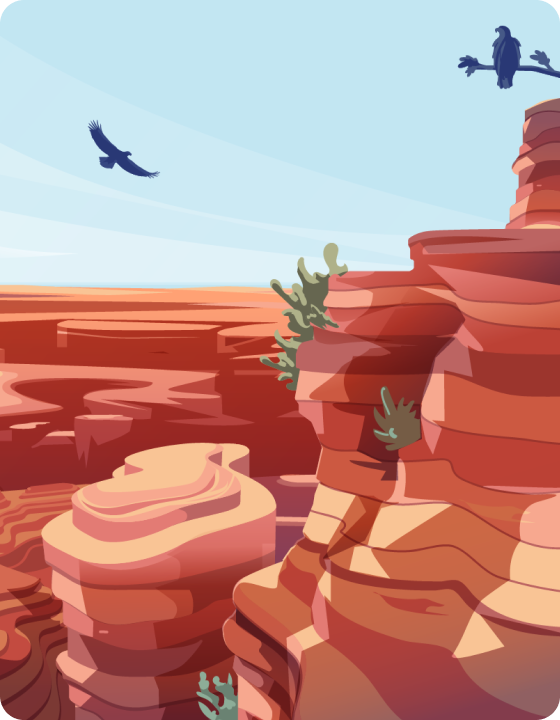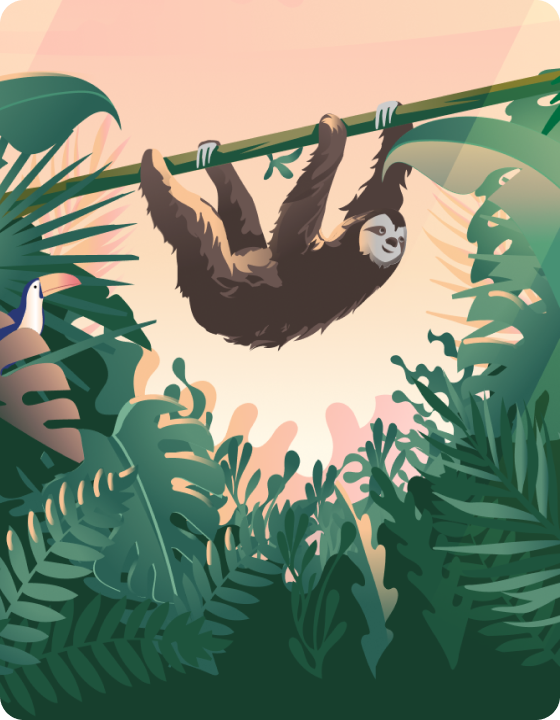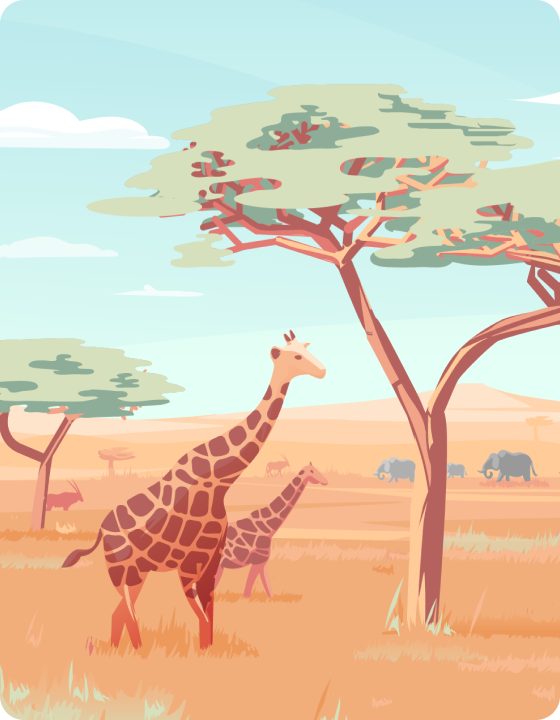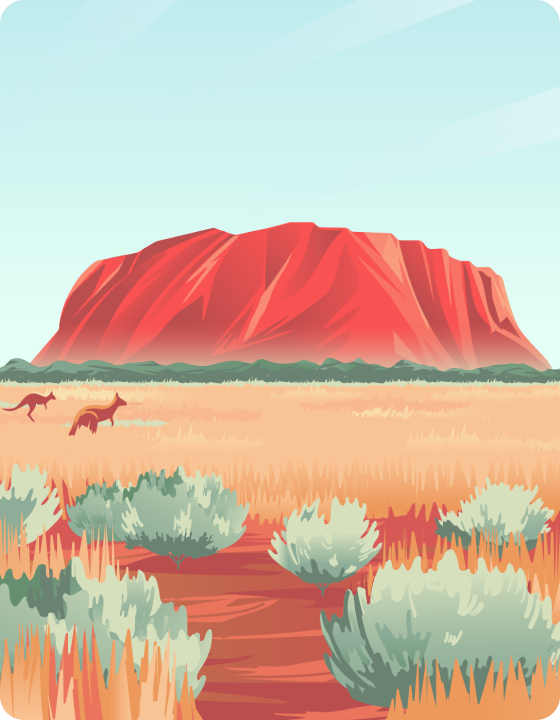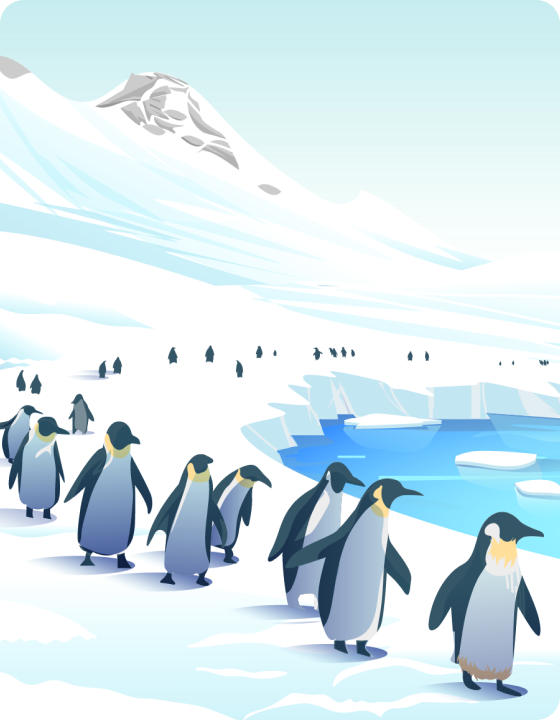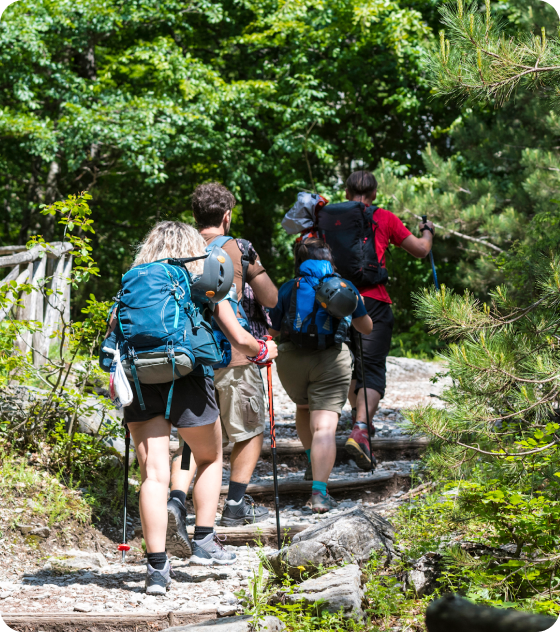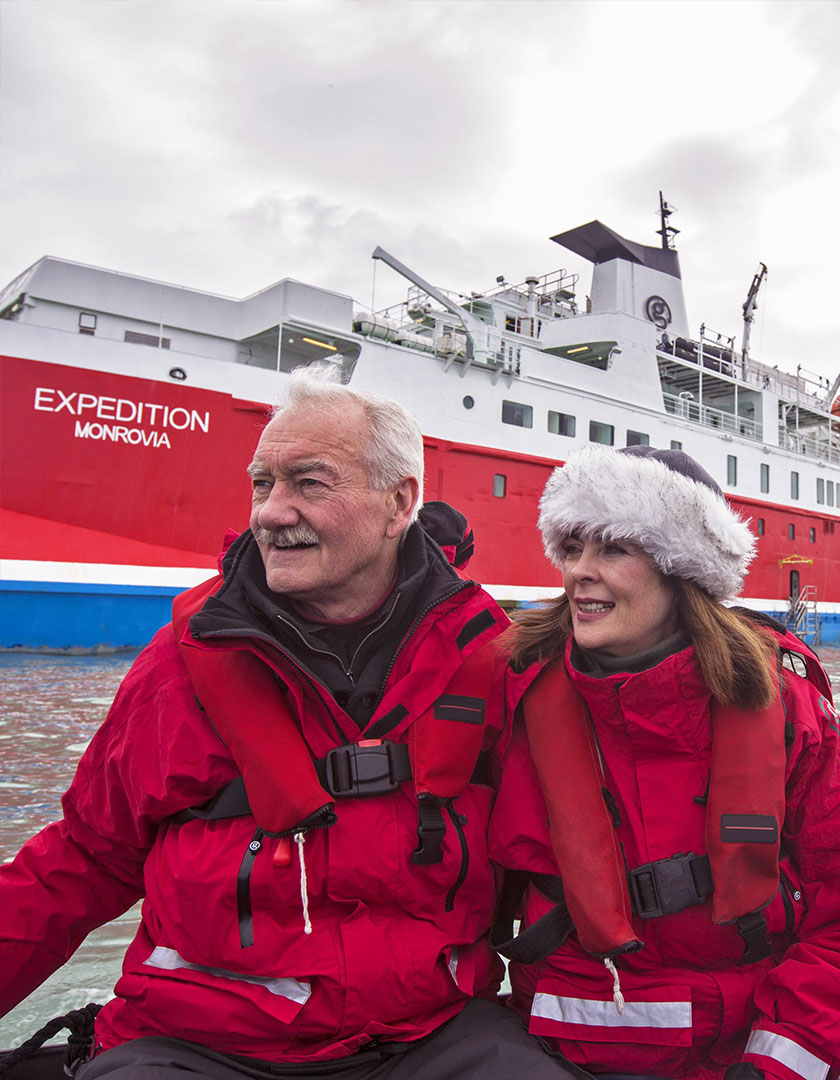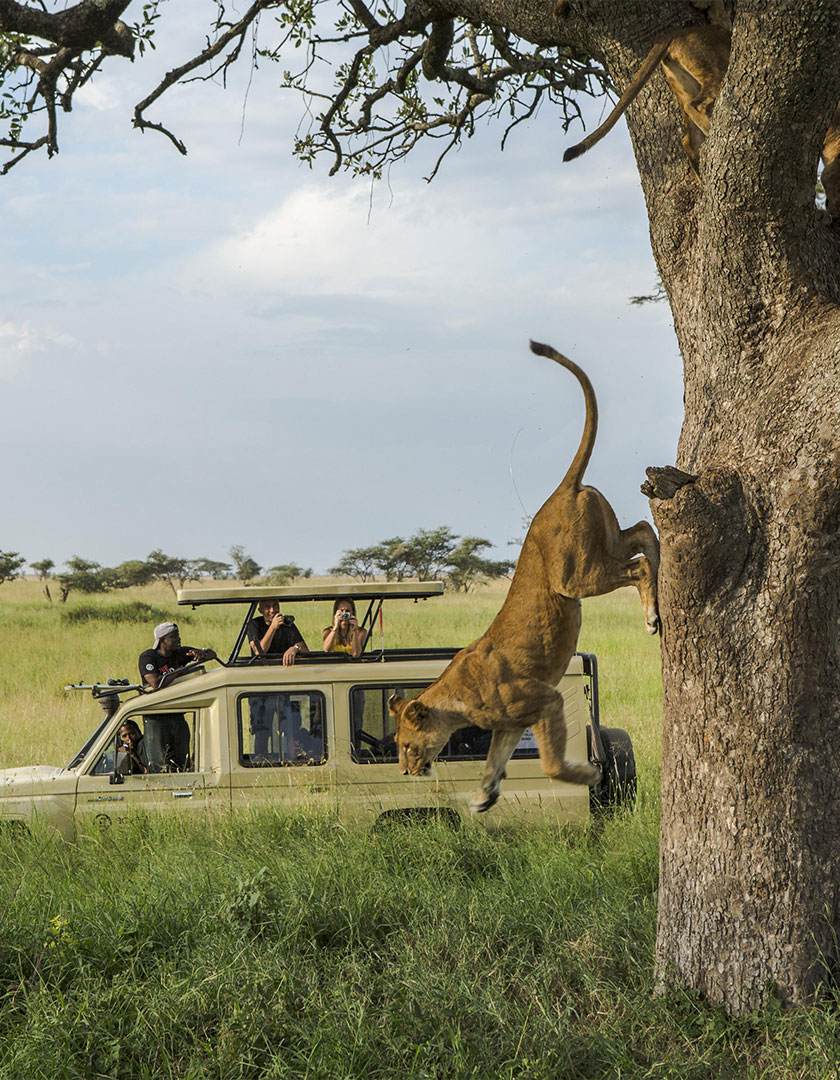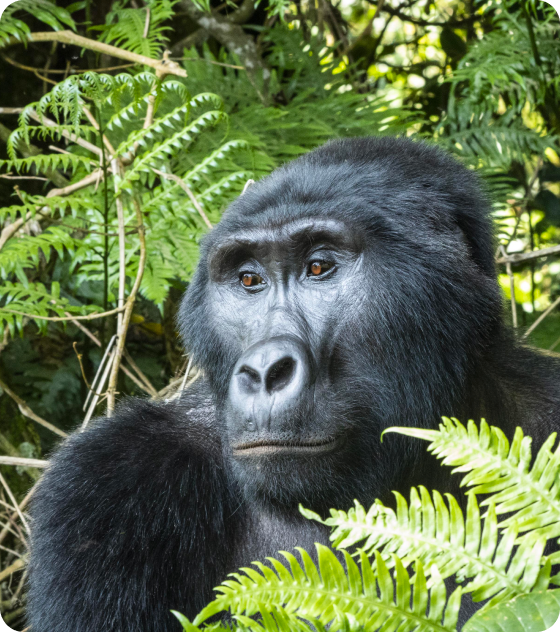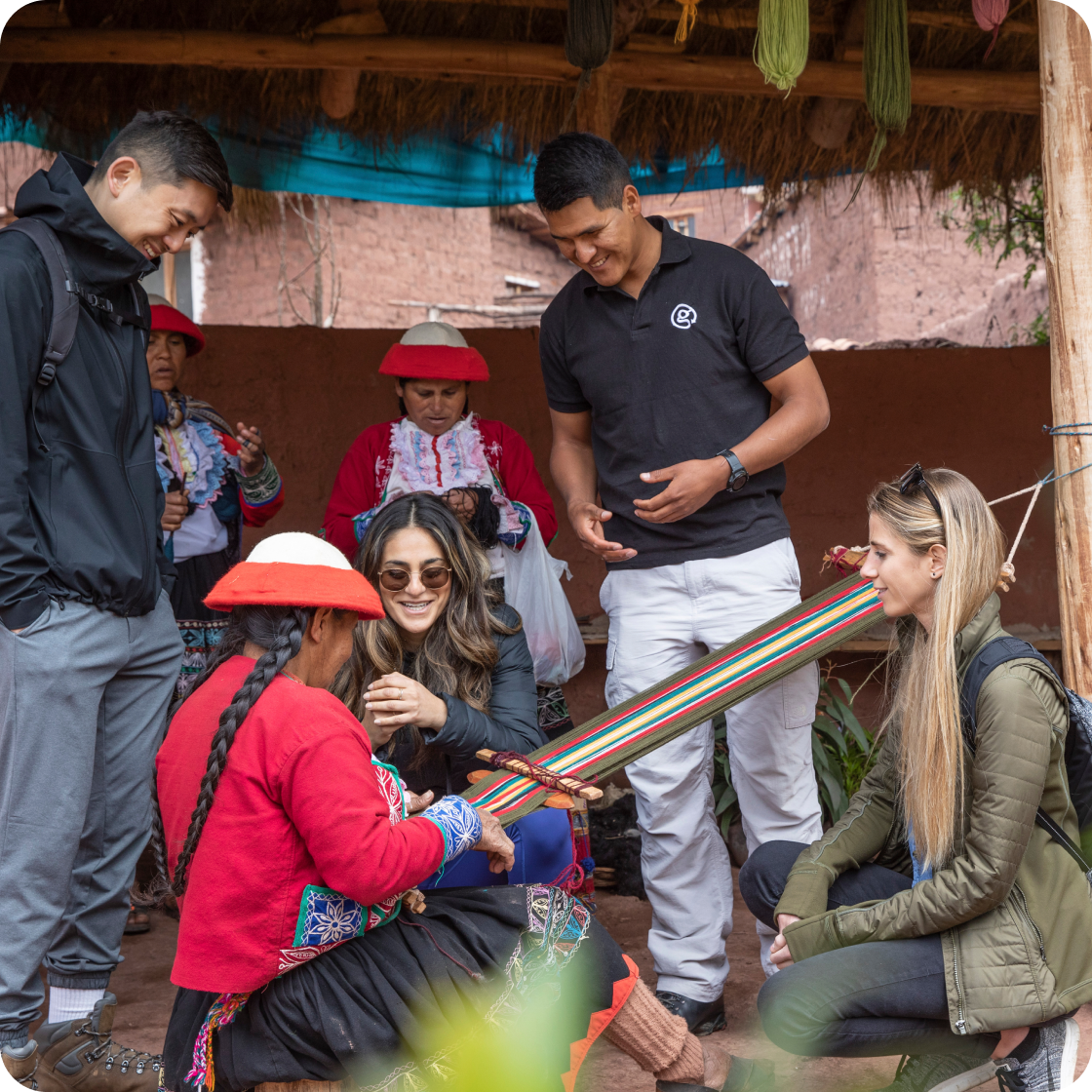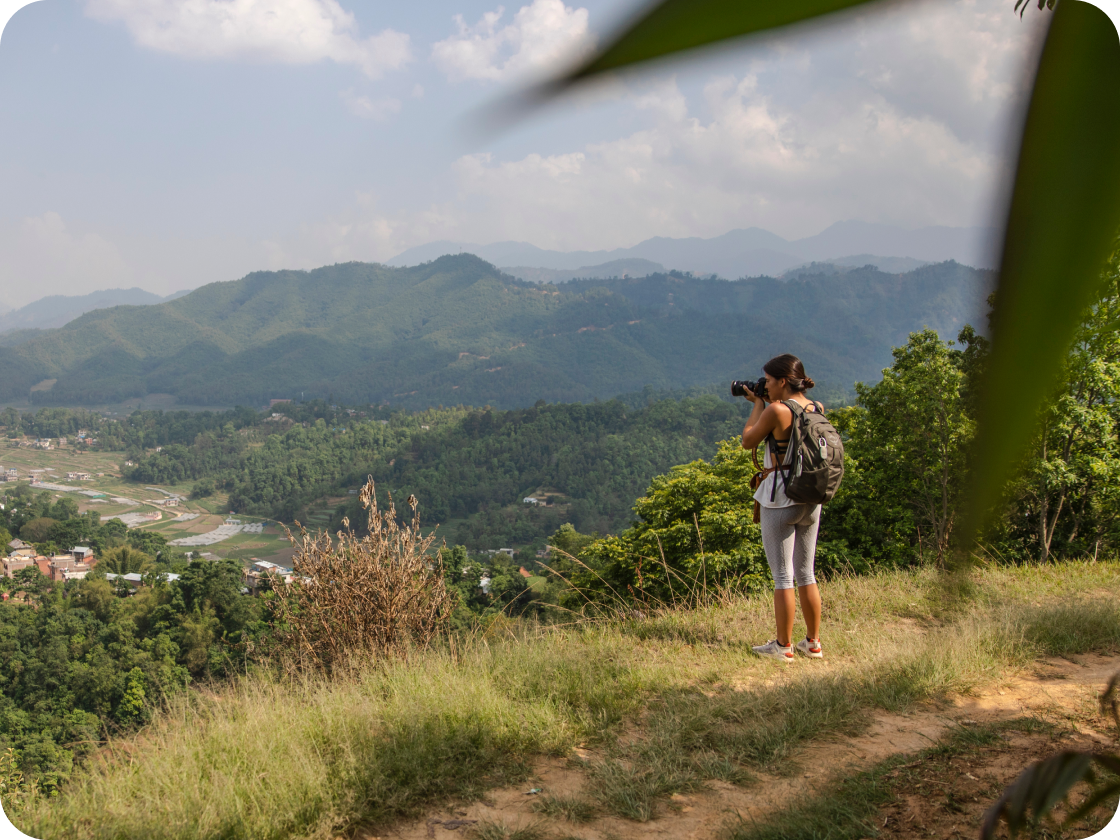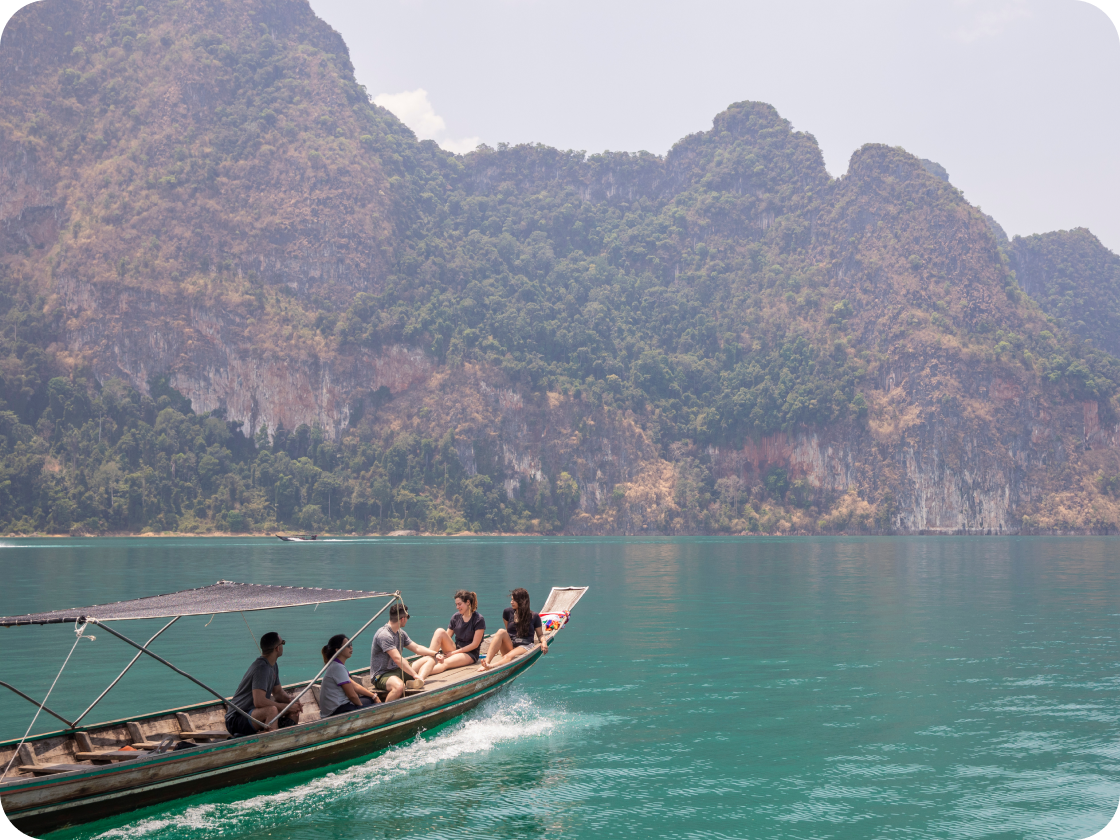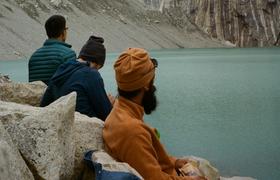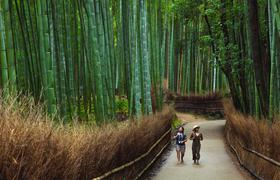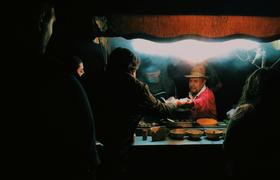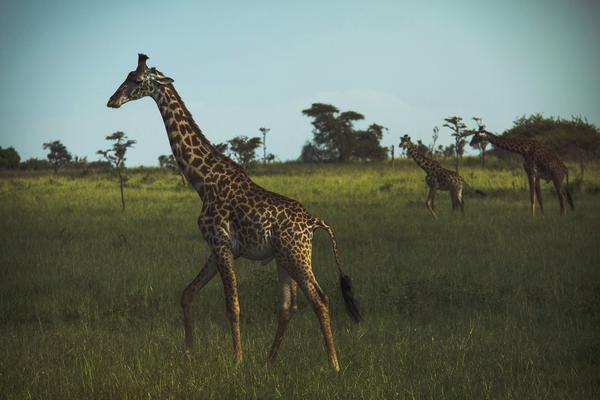
Where to see some of the world's great animal migrations
How to spot animals on the move, across the globe

National Geographic Journeys with G Adventures introduces you to the lands with the planet’s greatest migrations: animals making the long journey for survival. Watch for wildebeest, zebra, gazelle, and more as they graze their way through Tanzania’s Serengeti grasslands. Take to Iceland’s waters to observe migrating minke and humpback whales breaching the ocean surface. Visit the Sea Turtle Conservancy, founded by a National Geographic grantee in Costa Rica, where you’ll learn about the endangered reptiles that return from open seas to nest on the country’s beaches. On a National Geographic Journeys tour, great migrations lead the way to learning more about the wider world.
If you want to see: Wildebeest
Go to: The Serengeti
Every year, massive herds of wildebeest — plus dozens of other large animal species — migrate across the vast Serengeti plains of Africa. The migration is technically a year-round process, so what types of animals you’ll see will depend on where you are (and when).
Getting there: Our Tanzania Safari Experience, Safari in Kenya & Tanzania and Wildlife Parks of Tanzania tours offer the opportunity to see the great Serengeti migration in action.
If you want to see: Elephants
Go to: The Okavango Delta
The lush Okavango Delta creates a perfect environment for elephants on the move — there’s plenty of water and greenery for the animals to enjoy as they migrate across Africa’s Southern regions.
Getting there: Our Botswana & Zimbabwe Safari, Southern Africa Safari Experience, and The Great Southern Africa Safari tours all traverse the Okavango Delta.
If you want to see: Minke and humpback whales
Go to: Iceland
There’s a trick to this: if you’re interested in spotting migrating whales in Iceland, you’ll have to plan your visit for the summer months — between April and September should do it — as that’s when the massive ocean mammals make the northern Atlantic waters their feeding grounds. (In the cool-weather months, they migrate south, to warmer waters.)
Getting there: Check out the whale migration on our Explore Iceland tour.
If you want to see: Sea turtles
Go to: Costa Rica
The beaches of Costa Rica are an important nesting site for numerous species of sea turtle, who lay their eggs there every year. You won’t be able to get too close — our Animal Welfare Policy protects all species from direct interaction with humans, especially vulnerable ones, like baby sea turtles — but you may be able to see these fascinating creatures as they nest (and might glimpse a hatching baby or two, if you’re really lucky).
Getting there: Our Explore Costa Rica and Natural Highlights of Costa Rica tours bring you up close and personal with sea turtle habitats.
If you want to see: Eels
Go to: New Zealand
Yes, eels migrate! The New Zealand longfin eel in particular migrates to the waters near Tonga near the end of its long life (the animals live for an average of 23 years), to breed.
Getting there: Our New Zealand Journey tour brings you to the longfin eel’s breeding grounds.
If you want to see: Caribou (also known as reindeer)
Go to: Denali National Park
Massive herds of caribou — known outside North America as reindeer — migrate to and from the Alaskan park each year: they move further into the park in the warm-weather months, and head south in the winter.
Getting there: Our Alaska Journey tour will bring you to Denali National Park, and beyond.
